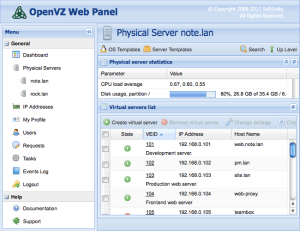Introduction
Port scanning is one of the essential tools in a penetration tester’s arsenal. This process allows you to discover open ports and services on a target system, which helps assess the security level and identify potential vulnerabilities. In this article, we will look at how to properly use port scanning in the penetration testing process.
Basic Concepts and Terms
Port scanning is the process of discovering open network ports on a target system. Each network port is used to establish a connection with a specific service or application. Penetration testers use port scanning to identify vulnerabilities, configure firewalls and network devices, and analyze network infrastructure.
Nmap is a popular port scanning tool that supports various scanning methods and has the ability to determine the services and operating system being used.
Overview of the Current Problem
Currently, port scanning is an important step in the penetration testing process. Most attacks begin with an investigation of open ports on the target system, so accurate identification of open ports is critical to ensuring the security of the information system.
Methodology
To perform port scanning in penetration testing, we can use tools such as Nmap. To begin, determine the IP address of the target system and start scanning using various methods, such as TCP SYN scanning, TCP Connect scanning, and UDP scanning.
nmap -sS target_ip
nmap -sT target_ip
nmap -sU target_ip
Main Section
As a result of port scanning with Nmap, we will obtain a list of open ports on the target system, as well as information about the services and versions being used. This will allow us to assess the security level of the system and identify potential vulnerabilities.
Example output of port scanning using Nmap:
PORT STATE SERVICE
22/tcp open ssh
80/tcp open http
443/tcp open httpsPractical recommendations
When using port scanning in penetration testing, you should consider not only the scanning results, but also the context of the environment. It is important to conduct scanning within the framework of agreed rules and not violate laws on the protection of personal data.
Advantages and Disadvantages
Advantages:
- Allows you to discover open ports and services on the target system
- Helps identify vulnerabilities and improve security
- Allows you to analyze the network infrastructure
Disadvantages:
- Can cause network or service blocking
- Requires certain skills to interpret the results
Conclusion
Port scanning is an important tool in penetration testing that allows you to discover open ports and services on a target system. Proper use of port scanning can improve the security of an information system and identify potential vulnerabilities.





